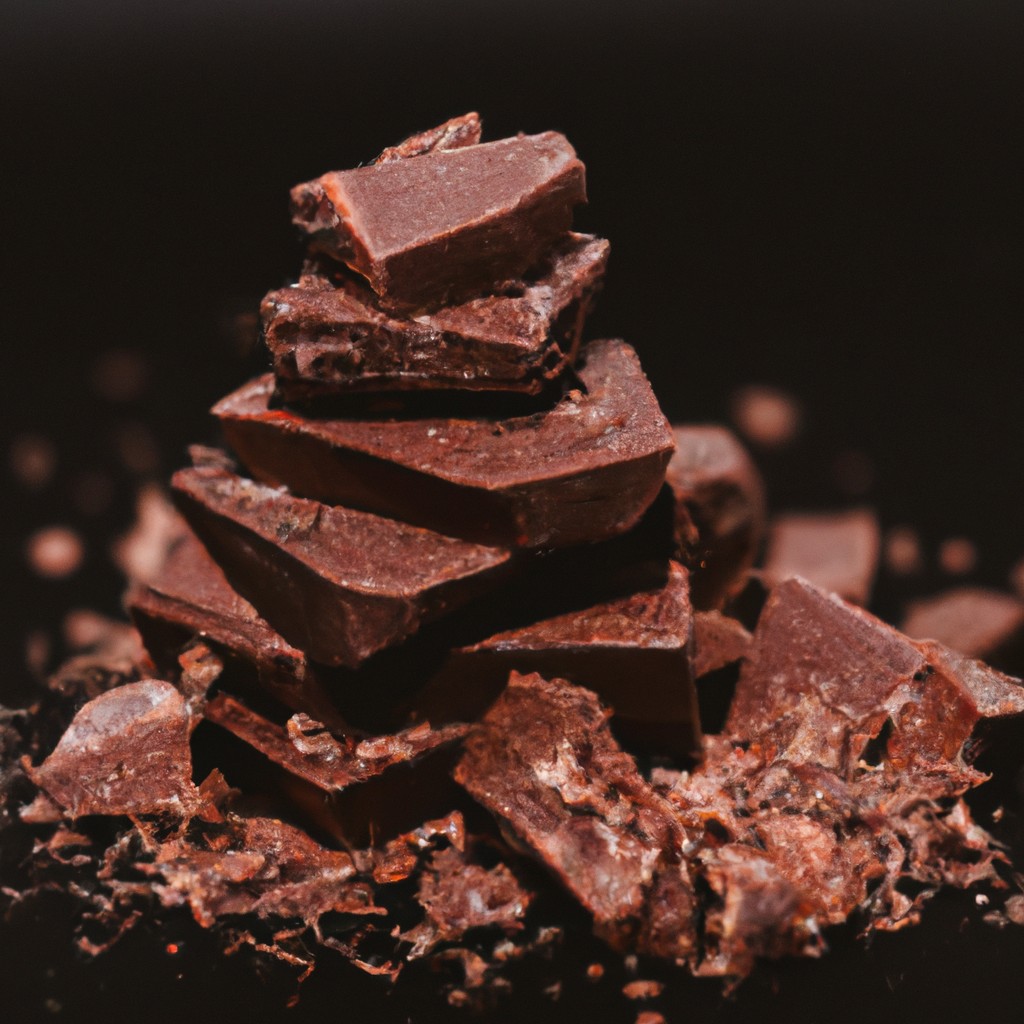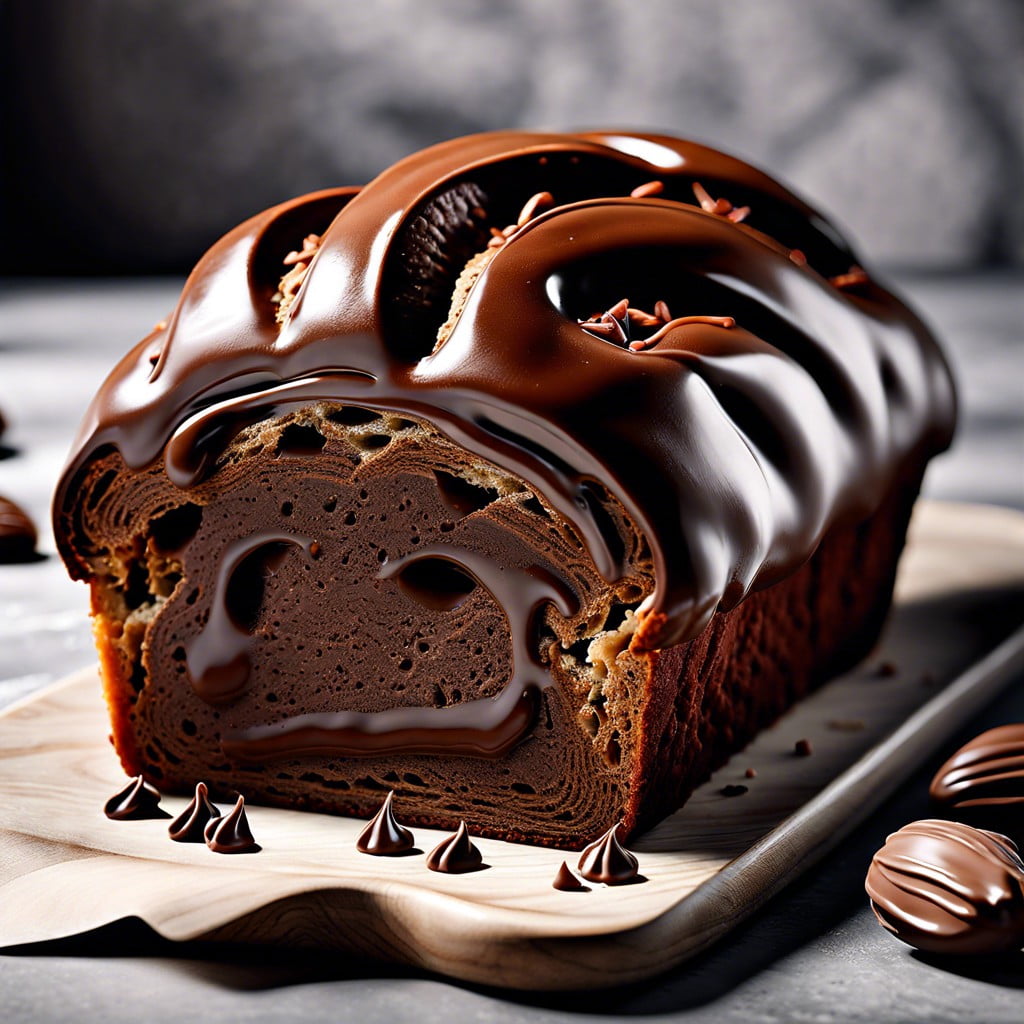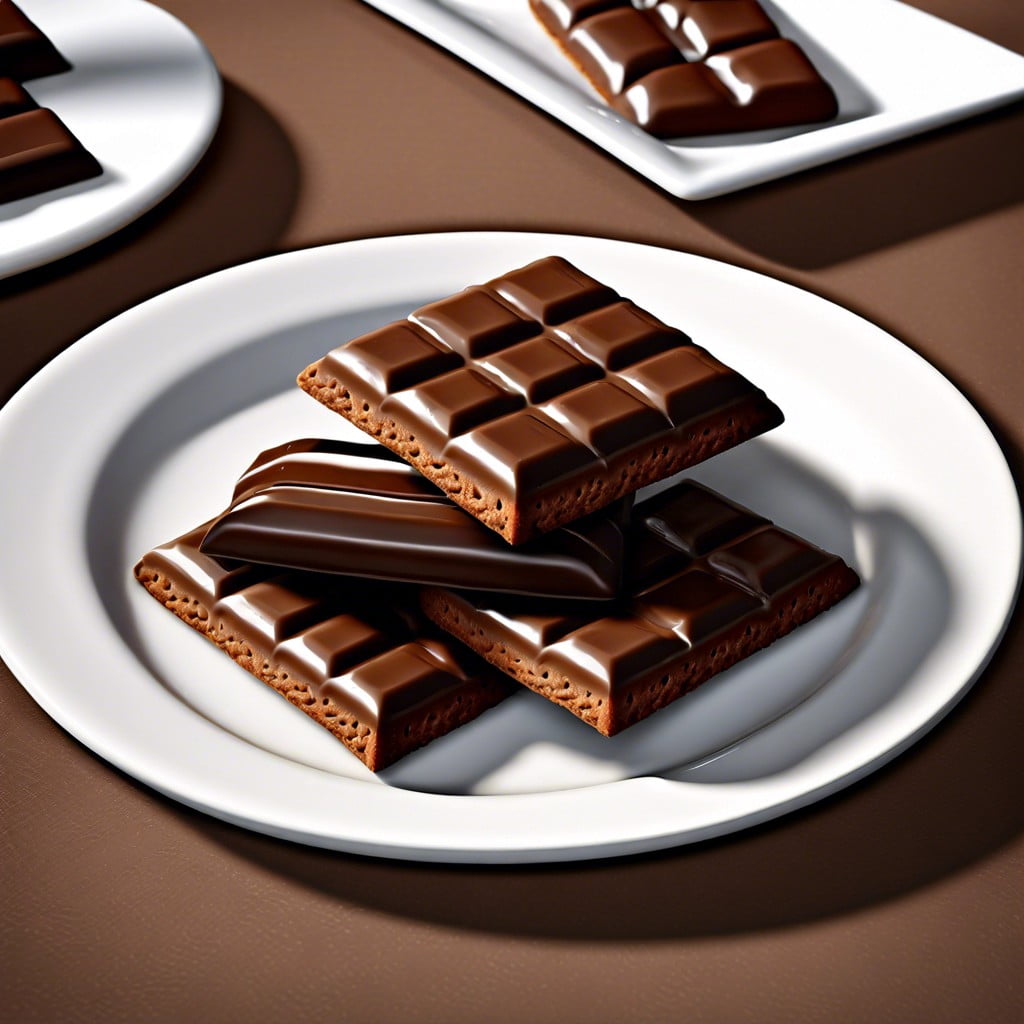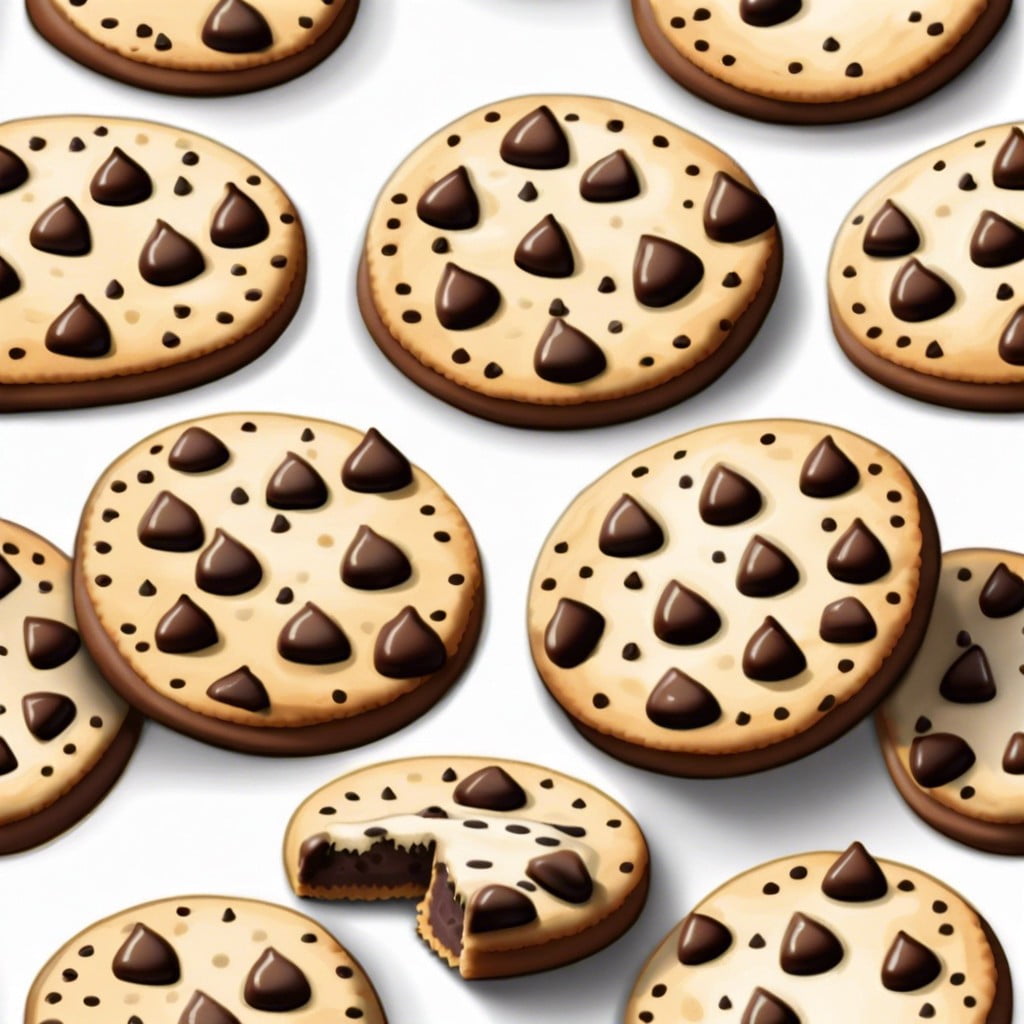This article provides a detailed insight into the fascinating historical journey of how and when chocolate was invented.
Key takeaways:
- Mayans revered cacao, using it in ceremonies and trade.
- Chocolate reached Spain and became popular with sugar added.
- Chocolate became a symbol of luxury and status in Europe.
- The first chocolate bar was created in the mid-19th century.
- Chocolate arrived in the UK in the 1600s, becoming widely accessible.
Inside
Origins in Mesoamerica: Mayan Chocolate

The first documented use of chocolate dates back to the ancient Mayans, over 3,500 years ago. They revered the cacao bean, using it in religious ceremonies and as a trading commodity.
Chocolate consumption was primarily as a drink, mixed with spices or corn puree, and was a staple in the Mayan diet. Cacao was so valued that beans were even used as currency, a testament to their cultural and economic significance.
Drawing on their sophisticated agricultural techniques, the Mayans cultivated cacao trees within their complex society and have thus been credited with the earliest known creation of chocolate as we trace its journey through history.
Chocolate Reaches Spain
After crossing the Atlantic with Spanish conquerors in the early 16th century, chocolate was initially met with skepticism in Europe. It was an acquired taste primarily due to its bitterness. However, once sugar was added, chocolate quickly became popular among the Spanish nobility.
Friars introduced it to the Spanish court, and the trend for this sweet beverage soon spread across Europe. Spain managed to keep the art of chocolate a closely guarded secret for almost a century before it began to inch its way across the continent, changing the social and culinary landscape of Europe forever.
Spaniards Introduce Chocolate to Europe’s Elite
Upon its discovery by European explorers, chocolate was initially met with hesitation due to its bitter flavor. However, once the Spanish began to adapt the indigenous recipes by adding sugar, vanilla, and cinnamon, it transformed into a culinary delight. The innovative sweetened version swiftly garnered favor among the Spanish court.
The Spanish zealously guarded the chocolate-making process, keeping it a closely held secret for almost a century. It was during this time that chocolate became a symbol of luxury and status, savored exclusively by the nobility, who relished it as a hot beverage during elaborate ceremonies and gatherings.
As a testament to its prestige, Spanish friars would often present chocolate as a gift to other European nobility. Through these exchanges, the chocolate drink began to spread across the aristocracies of France, Italy, and beyond. Each country began to mold its own unique chocolate culture, embracing and enhancing the Spanish method with local culinary traditions and tastes.
The First-Ever Chocolate Bar
In the mid-19th century, innovation in chocolate production shifted the landscape from drinking chocolate to solid form. J.S. Fry & Sons, a British chocolatier, combined cocoa butter, cocoa powder, and sugar, creating a moldable paste. In 1847, they pressed this blend into the world’s first chocolate bar shape, allowing for solid chocolate to be conveniently consumed.
As the tempering process improved, the texture of these bars was refined, leading to a smoother, more palatable experience. This marked a pivotal evolution in chocolate consumption and laid the groundwork for the modern chocolate bar enjoyed today.
When Did Chocolate Arrive in the UK?
Chocolate made its first appearance in the UK during the 1600s. Initially a luxury, it was enjoyed in the form of chocolate houses amongst London’s elite, akin to today’s coffee shops. With the marriage of Spanish Princess Maria Theresa to Louis XIV, chocolate as a gift increased its popularity and became more widespread.
The evolution of chocolate from a luxury drink to a solid food happened in 1847 when Fry & Sons created the first chocolate bar in Bristol, blending cocoa butter, cocoa powder, and sugar. This innovation paved the way for chocolate to become the widely accessible treat it is today. Cadbury was quick to follow suit, which led to the surge of chocolate’s popularity in the UK mass market, transforming it from an exclusive delicacy to a staple indulgence.




